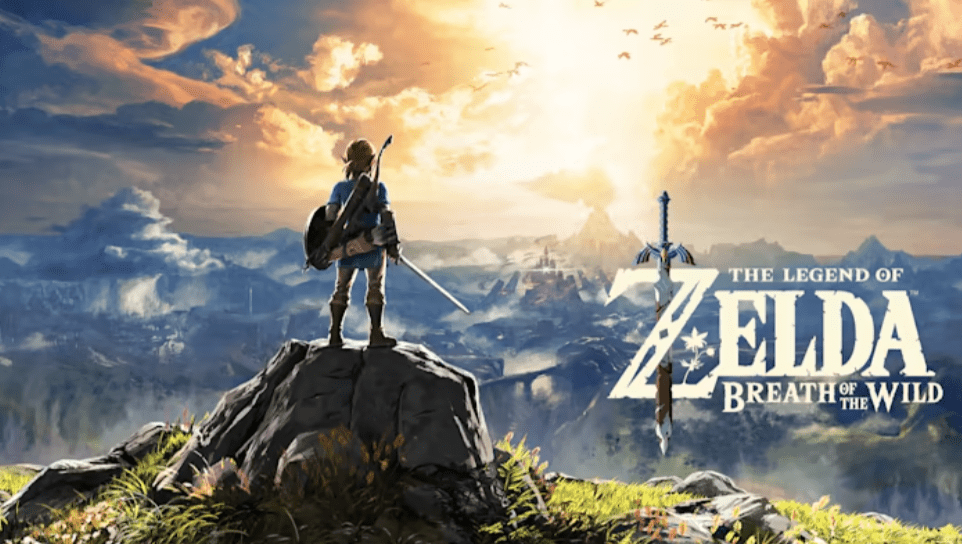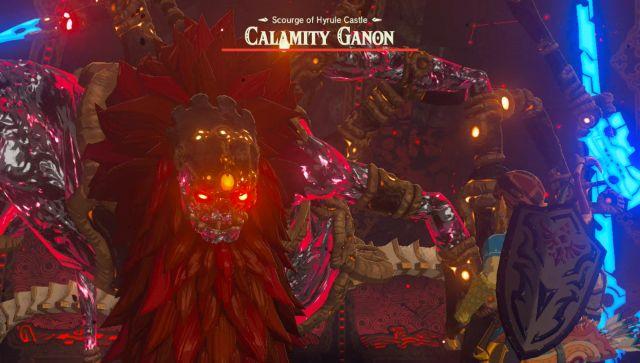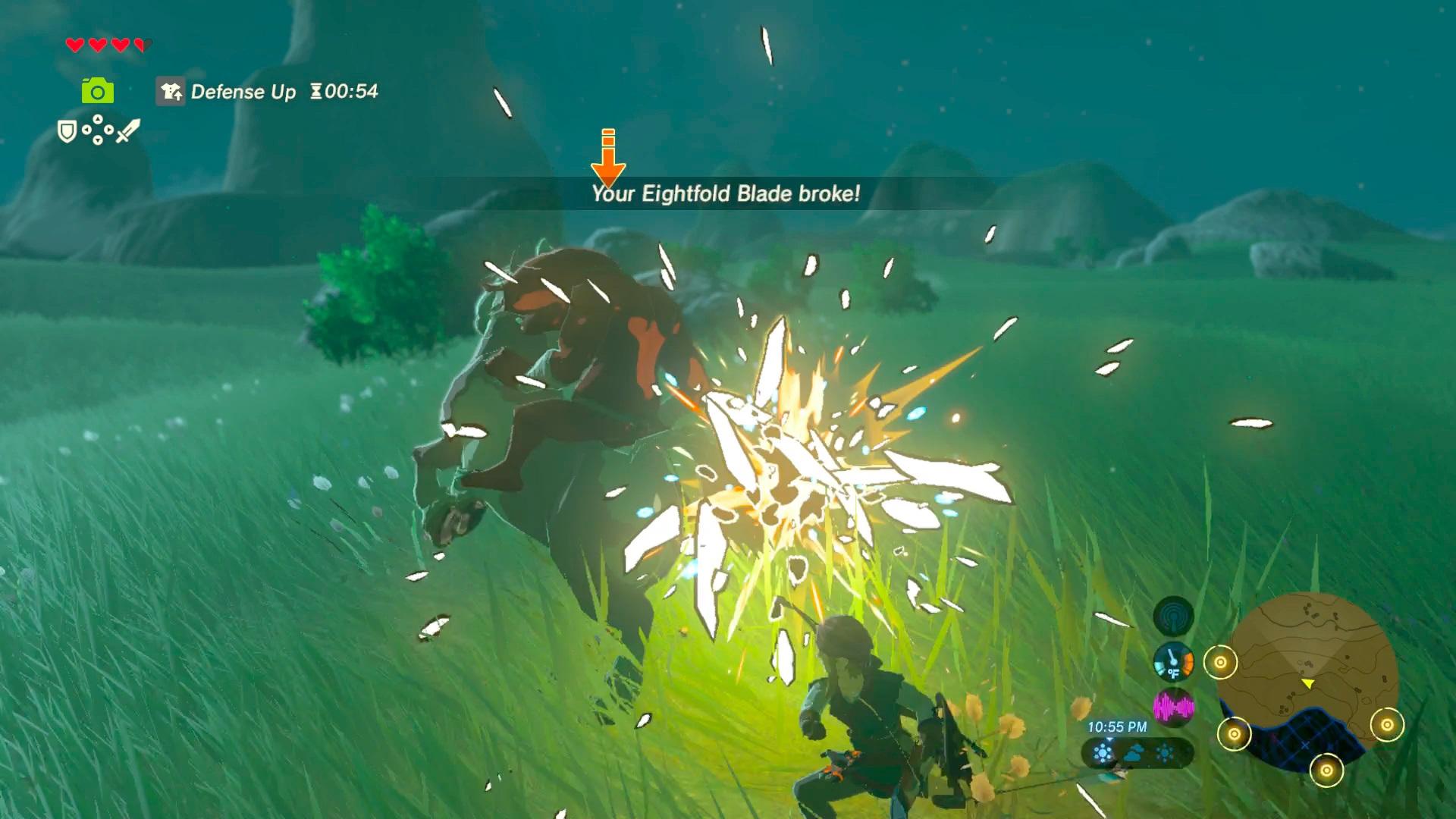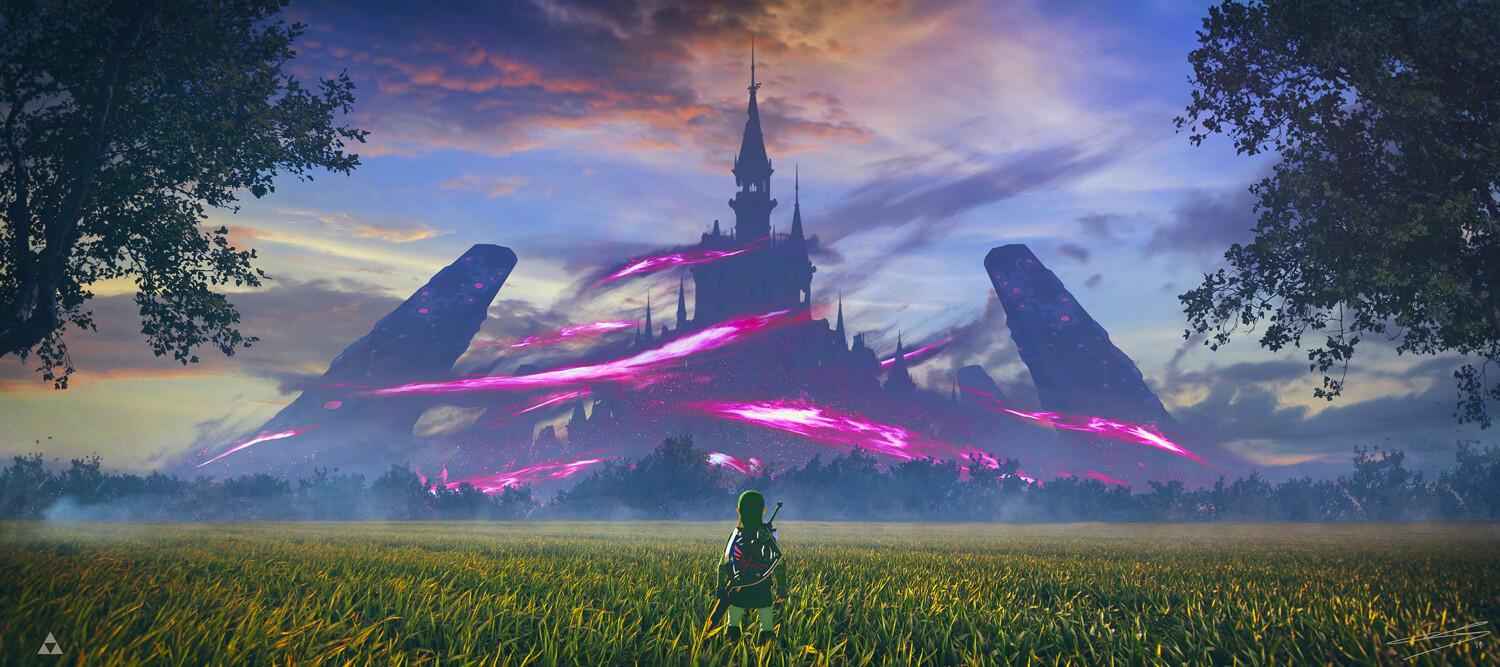A game I particularly like is Zelda: Breath of the Wild (botw).
This game is developed by Nintendo and I played it on the Nintendo Switch.

- Balance in Single-Player Games:
Botw offers different starting levels for players. If you are completely new to the game and it’s mechanics you start with the regular story version and the game walks you through a beautifully blended in starting tutorial where you get to learn the mechanics. If you have played a Zelda game before or a similar game you can start with the “Master mode” which is significantly more difficult. The main difference is that enemies are more aggressive and powerful. The enemies are also placed differently in the game compared to the regular mode. Another challenge that even more experienced players attempt is running straight to Hyrule Castle and defeating Calamity Ganon with no experience or that come later in the game (e.g. more stamina and health). Besides the starting point difficulty level, if you start normally, the game slowly increases the difficulty by making the enemies stronger and the weapons stronger.
- Balance in Asymmetric Games:
This does not apply to this game as it is single player.

- Balance Between Strategies in a Game:
The different strategies to win botw are very different. Depending on how much time a player is willing to spend playing the game and how skilled the player is, more strategies are available. For a completely new player, the only strategy available to defeat Ganon is to explore the map and increase the stamina and health capacity while gathering better armors and superpowers from defeating the 4 beasts. After doing all of the exploring and collecting, defeating Ganon is slightly challenging and you go in very well prepared. For more experienced players, having better fighting skills would allow you to defeat Ganon without any of the power-ups. So the strategy is unbalanced when it comes to time spent. However, the best part of botw is exploring and doing all the side quests. So the quick winning strategy is more of a skill test for experienced players but does not let the player experience the type of fun intended in the game.

- Balance Between Game Objects:
The cost/benefit ratio is very well balanced for the items in botw. The more powerful weapons are much harder to get (solve difficult puzzles or defeat very strong monsters). The more valuable objects are either rarer (diamonds when destroying rocks) or harder to get (strong monster parts are more valuable). Another way of balancing game objects used in botw is that weapons have limited use. After some number of hits, the weapon will be destroyed. So if a very strong weapon is acquired the player will,l only be able to use it on a few enemies.
- Three ways to balance game objects:
- Transitive: This can be seen in the game from the fact that food that restores more health is linearly more expensive
- Intransitive: This can be seen in weapon types. Some weapons are better than other depending on the enemy. For example, fire weapons are strong against ice enemies.
- Fruity: This can only be seen in botw with the Monster mon trader where you can essentially buy items with monster parts instead of the regular currency.



